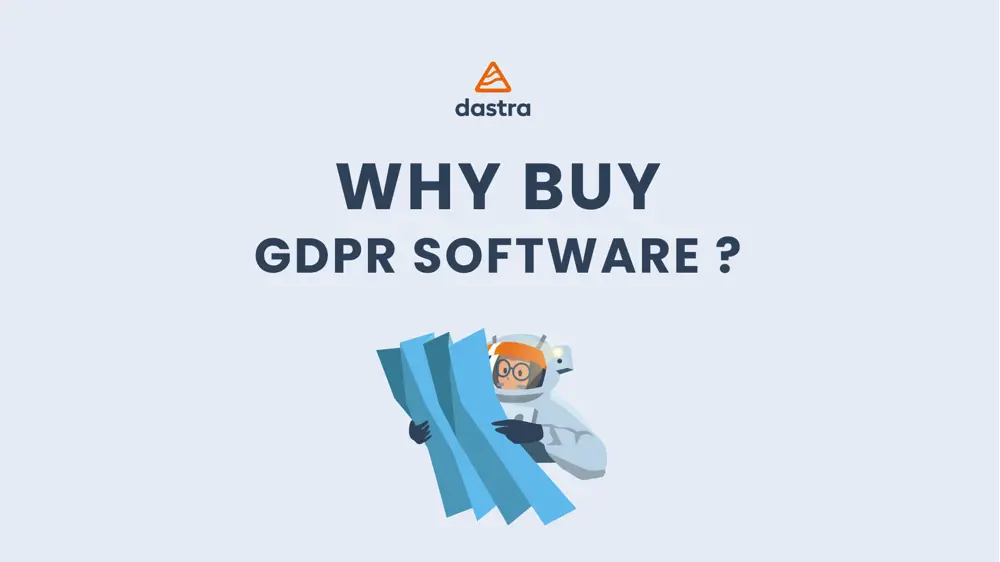1. To Avoid Hidden Costs When Purchasing GDPR Software
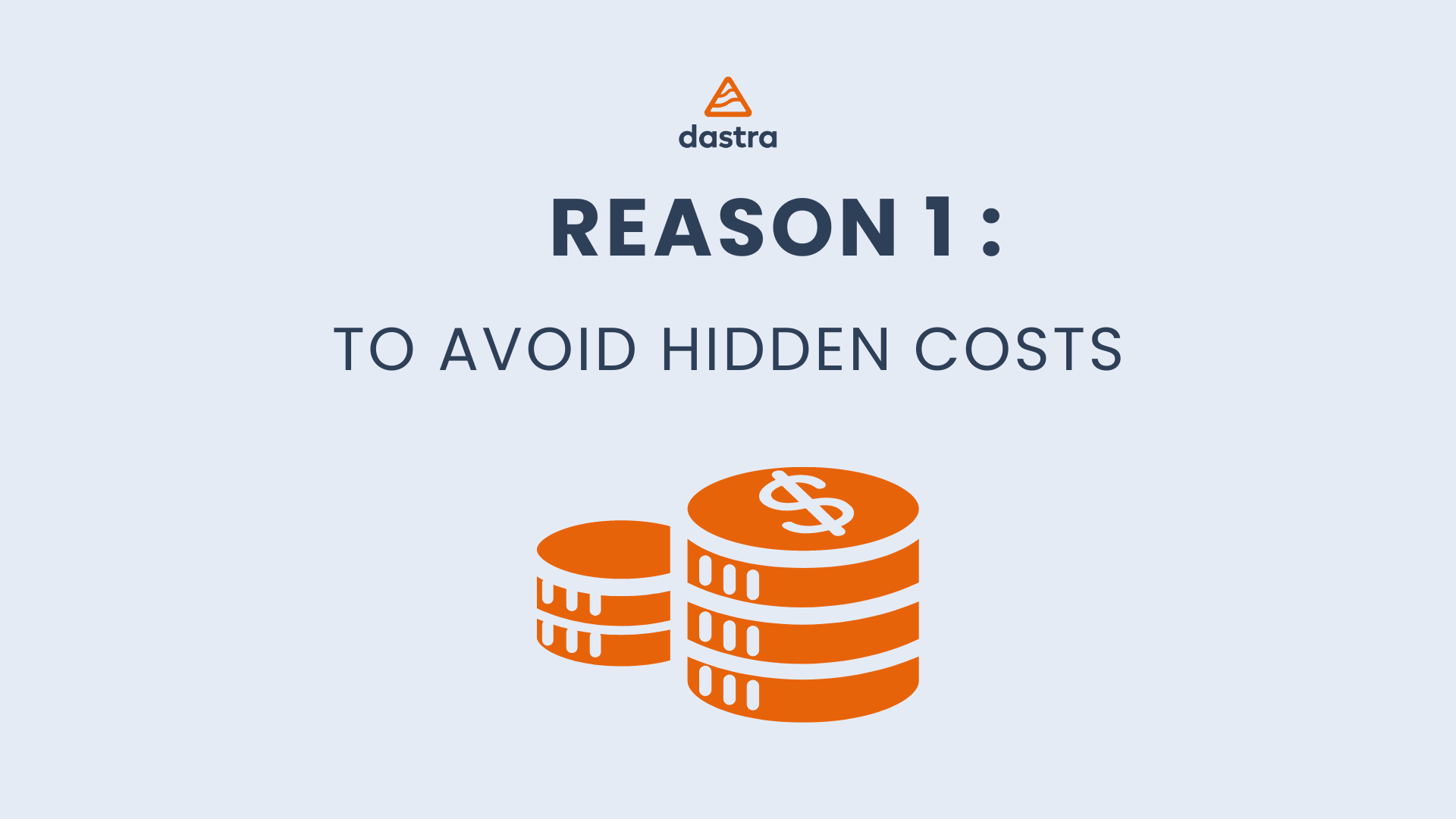
To ensure the protection of personal data within your organization, it is essential to:
- Identify where this data is stored.
- Understand the purpose for which it is used.
- Examine how it is processed.
In summary, it is necessary to map out your entire information system. This process involves listing all elements of your system such as applications, subcontractors, data, and security measures. It is a costly project, especially given its constant evolution, and the interconnected nature of each piece of data.
2. To keep your compliance up to date
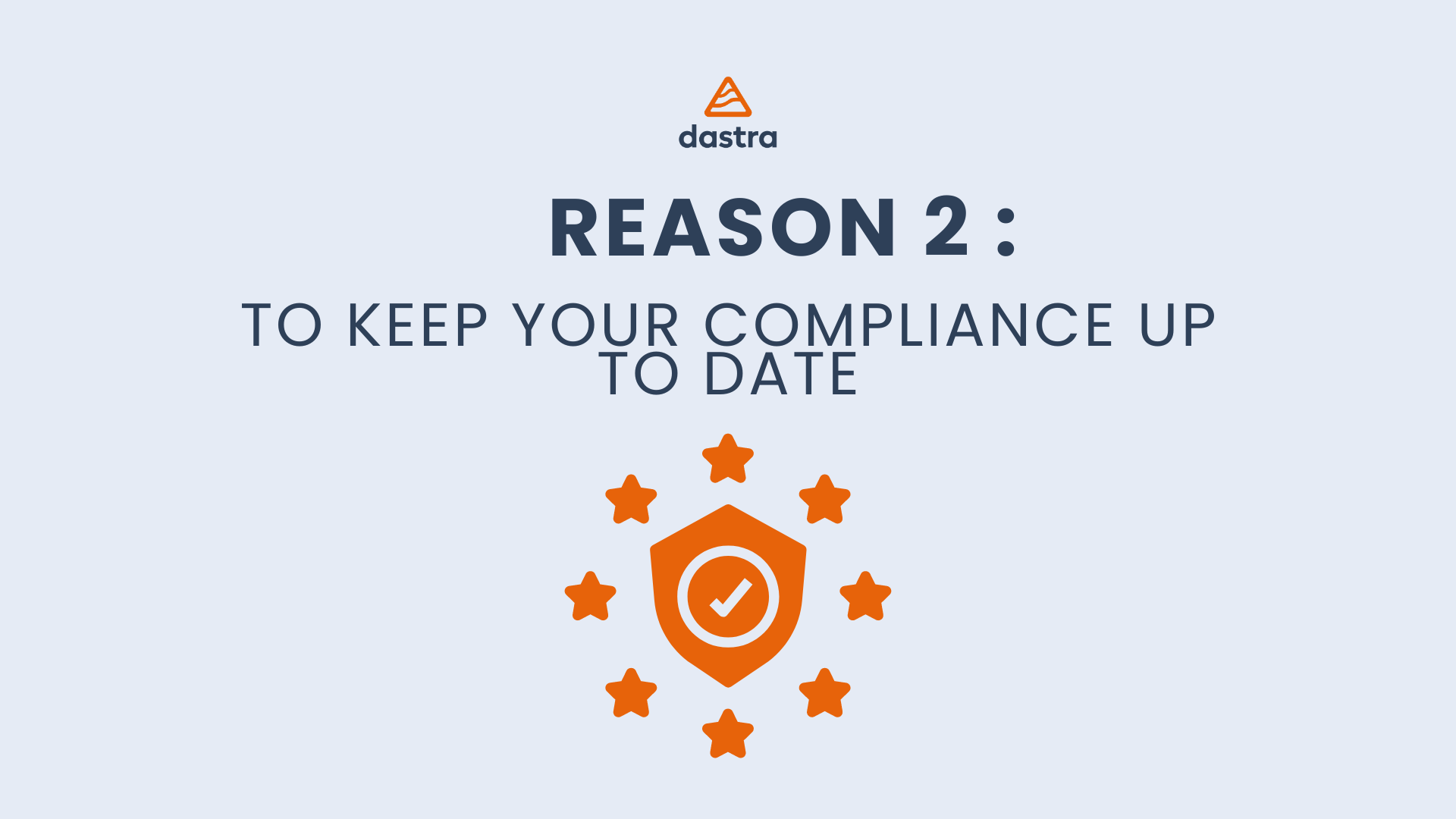 In the event that your Data Protection Officer (DPO) leaves the company or if the regulatory framework is not updated for 2 years, you will be compelled to start over. It is crucial to understand that GDPR involves processes, not just the acquisition of a certificate. Adopting a long-term perspective on this matter can lead to significant savings.
In the event that your Data Protection Officer (DPO) leaves the company or if the regulatory framework is not updated for 2 years, you will be compelled to start over. It is crucial to understand that GDPR involves processes, not just the acquisition of a certificate. Adopting a long-term perspective on this matter can lead to significant savings.
3. To save time
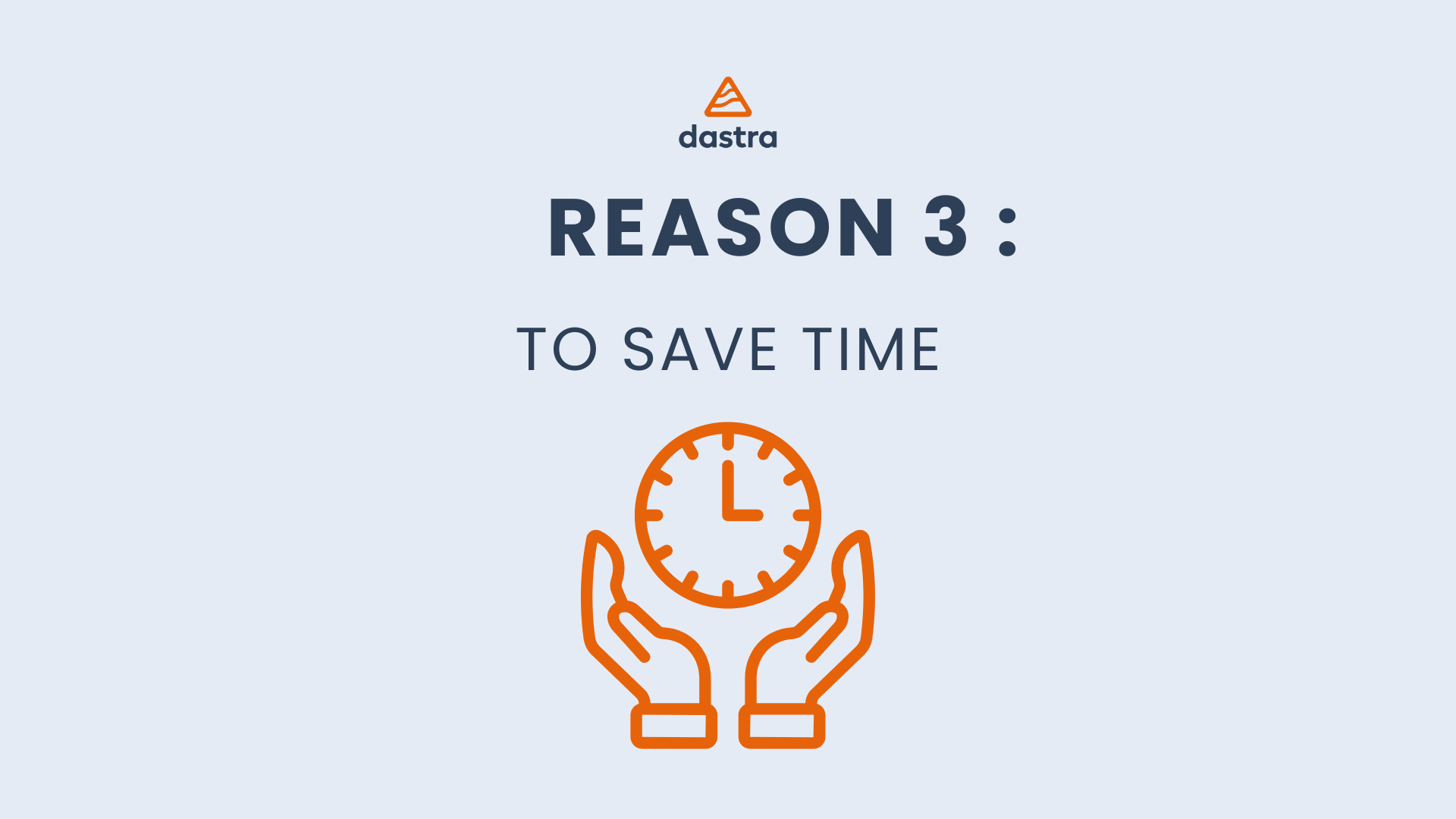 Each legal entity (SIREN number) within a group must have a processing register, documenting all activities involving data within the company. However, the Data Protection Officer (DPO) has other tasks than updating an Excel sheet; their role is to provide expertise and advise your colleagues.
Each legal entity (SIREN number) within a group must have a processing register, documenting all activities involving data within the company. However, the Data Protection Officer (DPO) has other tasks than updating an Excel sheet; their role is to provide expertise and advise your colleagues.
With the GDPR software, they will be able to:
- Create processing models.
- Automate the creation and modification of all processing information quickly.
- Utilize AI to generate processing models.
- Automate the creation of the inherent action plan.
- Automatically update your processing records based on your subcontractors and information system.
This allows the DPO to focus on substance rather than form, especially when they have responsibilities in each legal entity.
4. To centralize the documentation required for GDPR
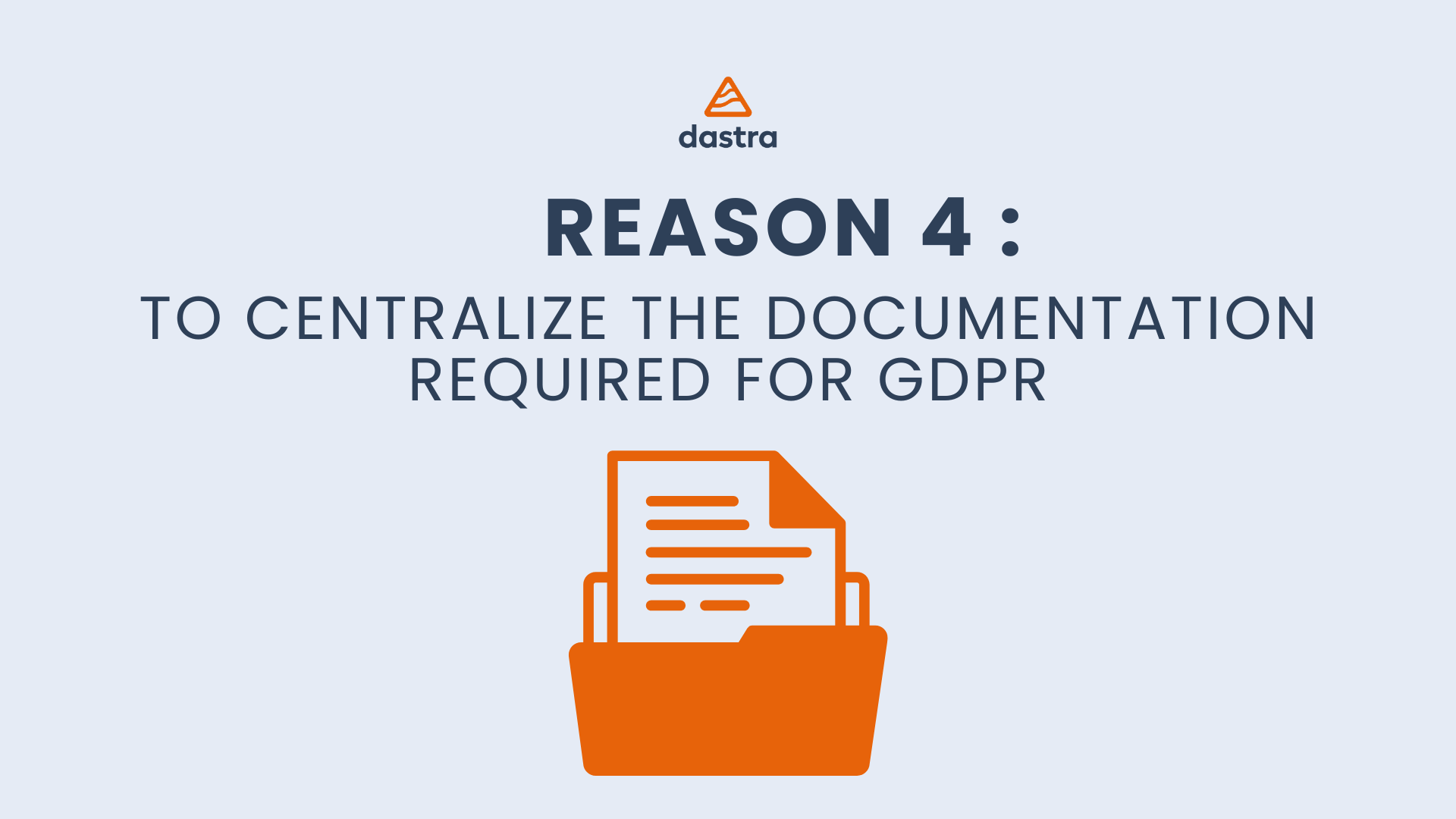 "Through the GDPR, you are subject to the principle of accountability, which requires you to:
"Through the GDPR, you are subject to the principle of accountability, which requires you to:
- Be responsible for the data you handle.
- Prove your compliance and its maintenance over time.
How can you prove your compliance if your Data Protection Officer (DPO) works with scattered, non-connected, and especially declarative tools (Word, Excel, PPT, etc.)? All these documents are valid at a given moment, but imagine having to update them every time you change applications or subcontractors.
With a tool, you will not only have engaging explanations of regulatory expectations but also find all your deliverables in one place with just a few clicks. GDPR is not an insurmountable mountain, especially if you don't complicate the task.
5. To collaborate more intelligently
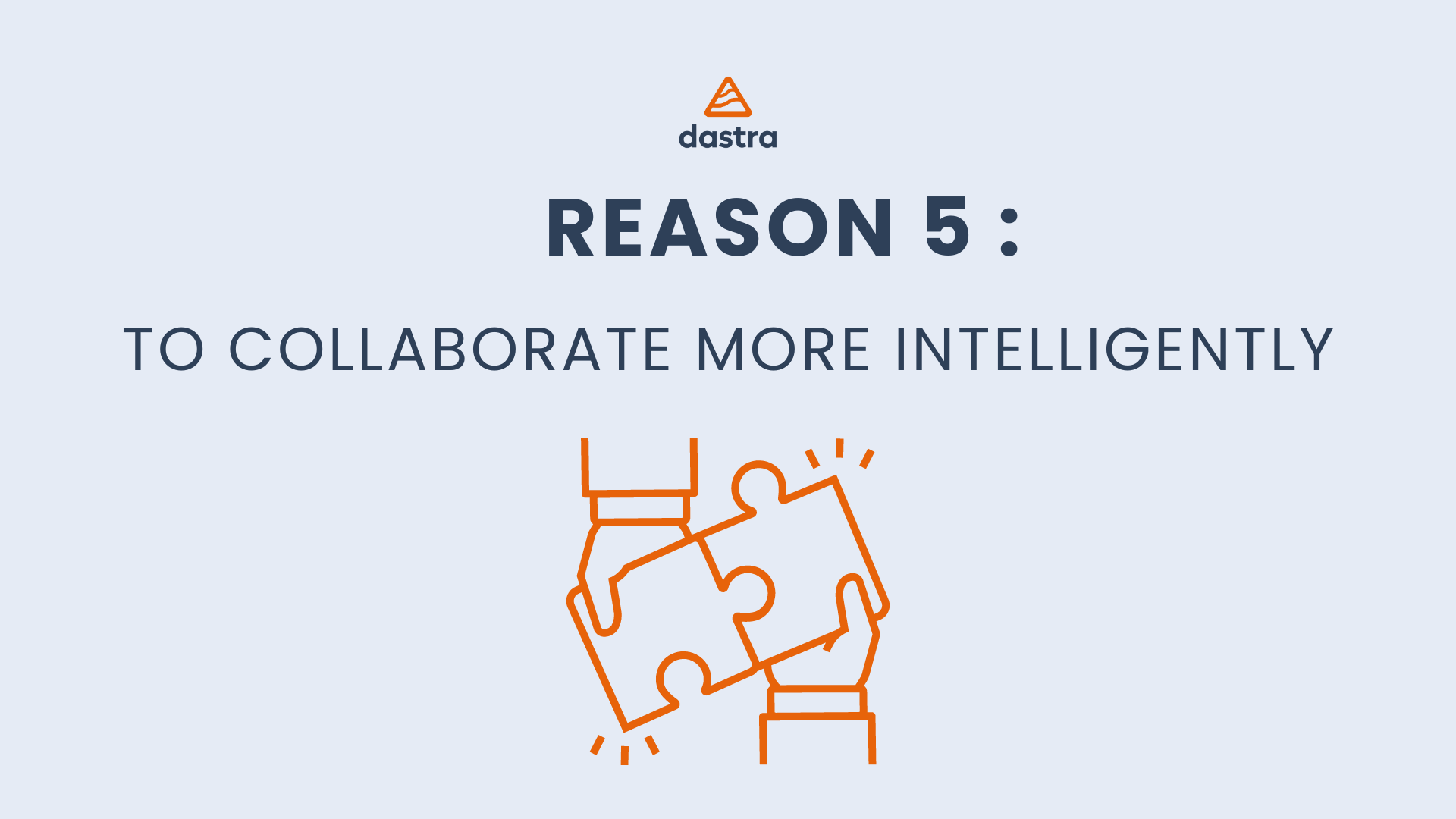 The primary security risk is improper data handling. Your Data Protection Officer (DPO) must raise awareness among colleagues, establish best practices within each department, and thus gain a better understanding of internal data flows.
The primary security risk is improper data handling. Your Data Protection Officer (DPO) must raise awareness among colleagues, establish best practices within each department, and thus gain a better understanding of internal data flows.
The DPO will work particularly with:
- The Chief Information Security Officer (CISO),
- The IT department,
- All roles that handle data, directly or indirectly,
- Your subcontractors who handle data on your behalf.
For this, they need tools to collaborate effectively with them and to manage, with their internal network, a shared action plan with various departments. Following a shared action plan... This seems quite complex on Excel.
6. To gain the trust of your stakeholders
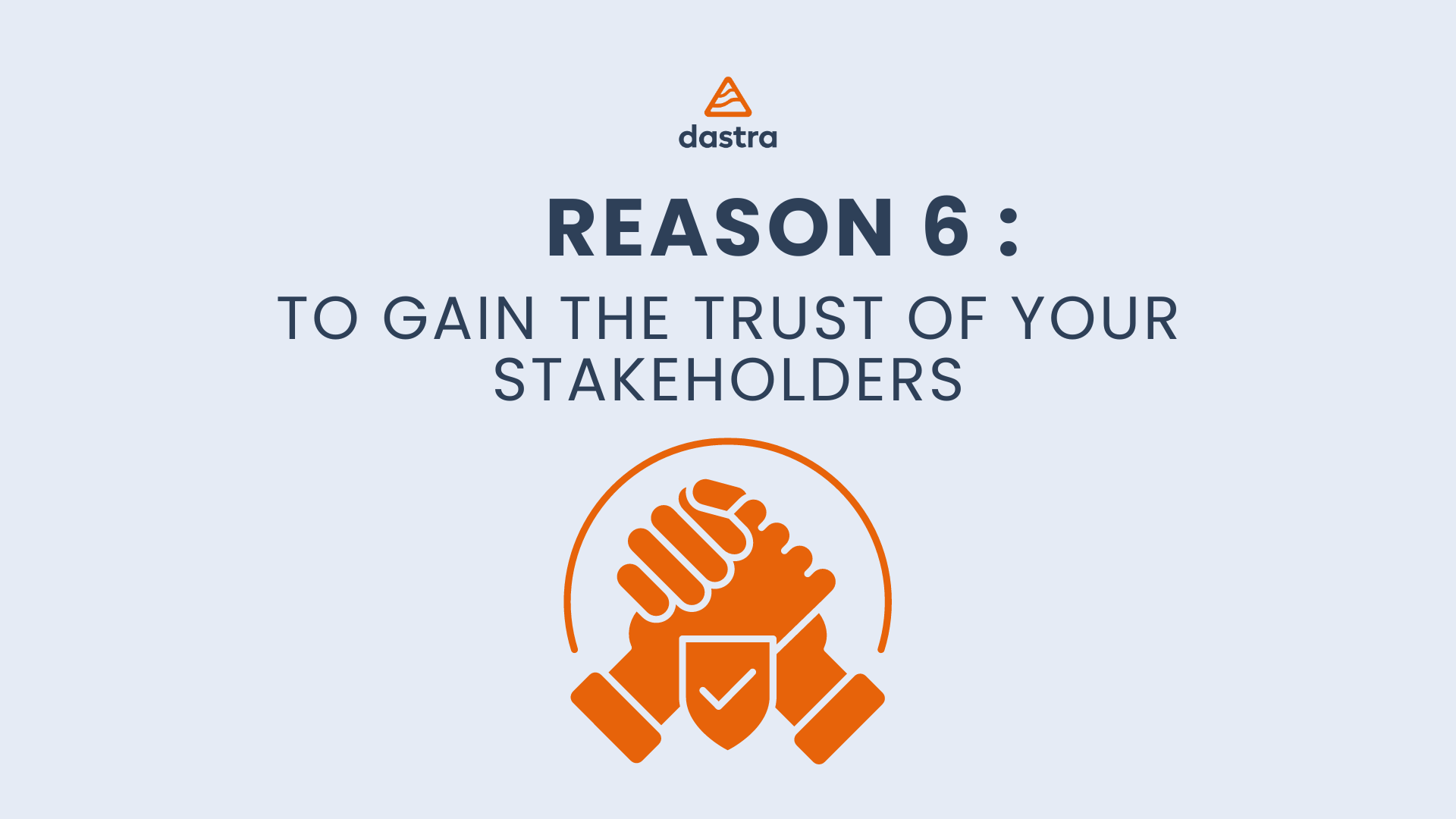 "The management of rights requests is an important and mandatory process to implement, requiring you to respond to any individual wishing to assert their rights over their data: the right to data deletion, right of access, etc. There are 9 such rights specified by the regulation.
"The management of rights requests is an important and mandatory process to implement, requiring you to respond to any individual wishing to assert their rights over their data: the right to data deletion, right of access, etc. There are 9 such rights specified by the regulation.
The GDPR requires you to:
- Facilitate access to these rights,
- Be transparent with the user,
- Establish an effective process.
The tool will enable you to do this work cleanly and efficiently by centralizing your rights requests, and especially by automating the collection and response to these requests.
Demonstrating to all your stakeholders that you take their requests seriously. Isn't that a trust guarantee?
7. To manage your teams and foster innovation
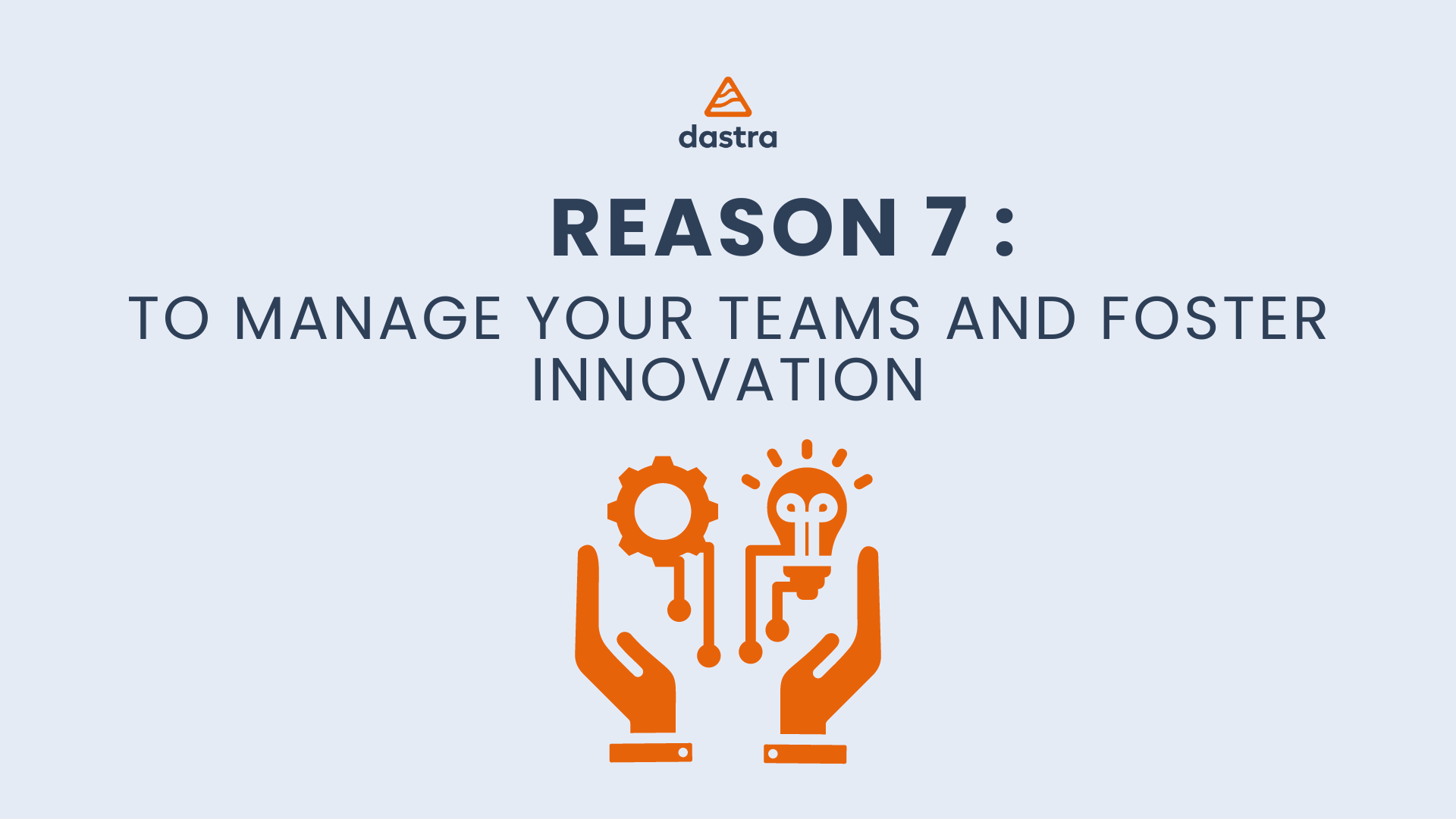 "Given the density of your DPO's activities and the number of involved services, it is in your interest to prioritize your work based on risks to the individuals concerned.
"Given the density of your DPO's activities and the number of involved services, it is in your interest to prioritize your work based on risks to the individuals concerned.
In order to focus on the most risky actions or the most vulnerable individuals, investing in a good GDPR compliance software provides effective reporting tools. These tools allow you to have very precise indicators of risks and activities, especially within your compliance team.
You will also gain a better understanding of your informational assets through mapping, enabling you to lead your company towards the implementation of a strategy and data governance that respects privacy. Aren't data the black gold of the 21st century? Don't we have an interest in protecting them to ensure our competitiveness?"
